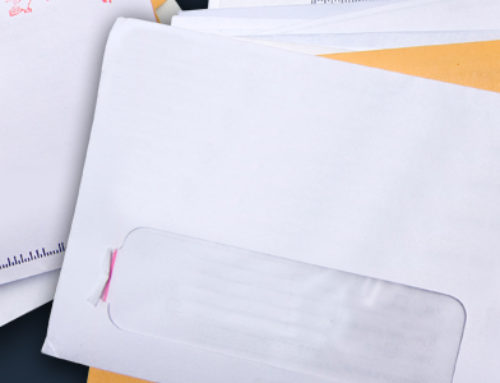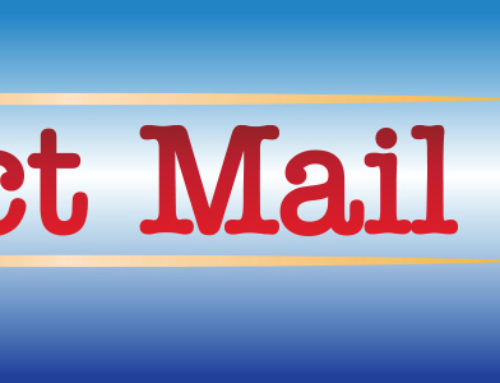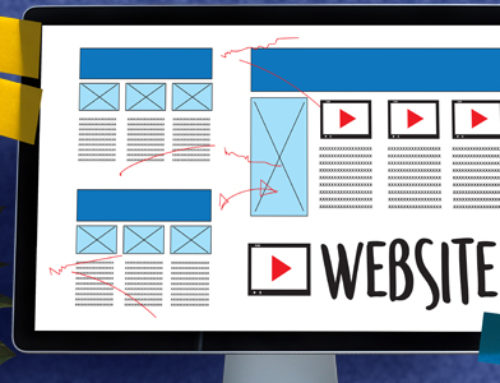Maybe you noticed this in the news recently. A then-presumptive candidate for the office of President of the United States arrived at the airport for his party’s convention. And while there’s nothing remarkable about that, the image of the private plane — boldly branded with the candidate’s name — was, for some of us who’ve weathered more than a few presidential campaigns, a bit startling.
How unusual, historically speaking, for a presidential candidate to bring an established name brand to a campaign — one emblazoned on airplanes, helicopters, office buildings and wineries. Yet from a marketing perspective, how completely expected. As the weeks and months ahead unfold, each candidate will continue building a brand around a name — one designed to inspire confidence in leadership with the goal of winning our support. On a varying scale, in today’s ultra-connected, super-selfie’d, mega-monogrammed world, virtually every one of us is doing the same: crafting a personal brand, whether social or professional, intentionally or not. And so to Juliet’s question, what was true then is as true today — perhaps nothing is more instantly representative of who we are than our name.
Yes, by all means, call me by name
Today, we value being called by name — not only by family, friends, and colleagues, but also by companies that have or want our business. Our names are important, and as customers, we equate a business knowing or acknowledging our name with appreciating our business. As consumers, we appreciate businesses recognizing our preferences and suggesting products accordingly. Understanding that, is it any wonder marketing communications technology is steadily evolving, bringing us enhanced capabilities for personalization we couldn’t have dreamed of just a few years ago? Now together with our names, our actions, preferences, likes and purchases work to suggest our priorities, values and interests, building a picture of who we are, of what intrigues us and suggesting actions we are likely to take. As a result, thanks to data-driven technologies, an effective marketing effort will call me by name to get my attention. And those knowing even more about me will show me that they do — with words and images — to more readily and creatively engage my interest and win a customer.
Come on — show me you care
In EdgeMark Partners’ earliest years, personalization in the direct mail marketing industry focused chiefly on use of the recipient’s name and address, perhaps together with details of the customer’s account relationship addressed in variable text format or by matched variable inserts. Over the years, with the evolution of laser, ink jet and inline production technologies, processes provided for even greater complexity in personalized messaging, utilizing pre-printed forms, duplex and color variable text, matched insertions, and more to deliver a cost-effective, highly personal communication and a quality result.
Today, we can do even more. Data-driven digital print technology has figuratively blown the top off direct mail marketing’s personalization capabilities, offering almost limitless options to connect with customers in ways that resonate. Using digital print production and available customer (or prospect) data, direct mail marketing efforts can deliver creatively personalized offer packages that vary widely and purposefully from recipient to recipient, allowing customization that is far and above the long-time name-and-address expectation. These carefully planned, data-driven communications can add intrigue by personalizing based on the recipient’s interests or account history, for example, using targeted messaging, variable images, and an almost limitless use of color.
Talk to me like you know me
Let’s consider a few examples. Using data-driven creative content/design and digital print technology, a travel agent could send highly individualized messages to intrigue the recipient and drive a sale — offers for specific destinations or events in line with a customer’s history or expressed interests. A wine enthusiast’s offer could highlight a special deal on a regional winery tour, while a golf enthusiast’s package would lead with special savings on golf resort get-aways. With personalized digital printing, we can call customers by name and then show them we know — and care — about who they are, what matters to them, and how we can address their needs. And, of course, it’s no surprise — making that effort has been proven to lift response, resulting in a higher ROI.
Let’s make this quick
Digital printing can offer advantages in production and inventory management as well, compared to pairing traditional offset printing with laser-variable text capabilities for a direct marketing effort. While a number of factors go into making the choice between digital and offset printing for a particular project, whether for mailings, collateral, or legally required notifications, digital printing can offer benefits over and above the variable personalization flexibility. These include:
- Speed — Digital printing allows a project to move swiftly to print, as many time-consuming press set-up and production steps required by offset processes are unnecessary in digital production. Digital processing of direct mail marketing or regulatory communications also allows all printing to be done in one pass, rather than pre-printing letter forms, for example, and then running through the laser to add text, including personalization, in a second pass.
- Inventory — With digital production, content can be created and stored digitally and then printed at the time and in the amounts needed. Not only does this avoid storage costs, it eliminates concerns about storage conditions, which could result in laser printing issues later if not properly managed.
- Efficiency — Digital printing can virtually eliminate waste by reducing the need to pre-print large quantities of printed inventory to have ready to go when needed. Digital designs can go immediately to print, avoiding time-consuming set-up processes, and allowing for quick pre-print updates to text and graphics.
Now, let’s get personal
While today’s marketers rely increasingly on the comparatively easy, cost-efficient advantages of digital marketing channels, studies show that not only do people of all ages express a preference for print messaging, but adding direct mail to a campaign strategy also leverages the most effective channel for converting interaction to action — or closing the sale. When direct mail takes its rightful place in the marketing channel mix, today’s data-driven capabilities can deliver communications that are more versatile and highly personalized than ever.
So what’s in a name? In the context of marketing, power — and almost unlimited options for growing customer relationships.


